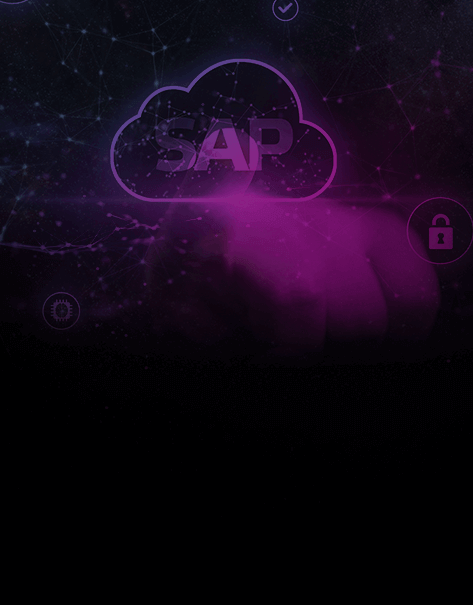According to research by The Wall Street Journal, we make an average of 35,000 decisions a day. Within organizations, decisions are the fundamental drivers of change, positive or negative, and all management or operation strategies are fundamentally based on only a small decision.
Are we looking at institutional decision-making as a topic that deserves attention? After all, the decision process is continuous, it combines a lot of knowledge, skills and experiences and must be constantly optimized, with risk analysis so that problems can be solved (or avoided) in the best possible way. In the end, it is your decisions, not your conditions, that determine your fate or the fate of your organization.
Do you know what are the main factors that contribute to incorrect, late or ineffective decision making?
Below are the top 7 obstacles to effective decision making:
- Not having all the information necessary to analyze the scenario clearly.
- Not taking into account the problems, challenges and opportunities that involve a decision.
- Not raising possible solutions to the analyzed problems.
- Not calmly evaluating all alternatives.
- Not selecting one of the proposed solutions based on studies and research.
- Take too long to implement the most effective option.
- Not evaluating and monitoring the impacts of the decision taken.
In general, decisions need to be guided by analysis based on data, timing and risk management, and it becomes increasingly natural to follow this path when this process is carried out continuously and consciously. The absence of the factors listed above may contribute to late or ineffective decision making.
Also know How an outdated ERP harms your employees’ performance in this other blog article.
Below we see some examples of decision making that can be important and at the same time complex, often determining a medium and long-term path for an institution. How to know what is needed? See some examples below:
Cost cutting: evaluate all the possibilities for the company and the impact that each of the options, to be cut, can have. Often cost cutting can generate even more collateral costs if they are not carried out through correct analysis.
Define the name of a product: As an example of an action that can be carried out as a team, you can schedule a brainstorming session to generate ideas and in this case, the more thinking heads, the better!
Change in prices: capturing information about market price, about costs involved for production, doing customer surveys would help you understand how this change would affect you.
Choose a project manager: consider the leadership potential of different team members, assess behavioral profiles, strengths and weaknesses that relate to project goals, and how the team welcomes this new member.
Whether or not to continue investing in training service teams: conduct periodic satisfaction surveys with customers to find out if this type of action is improving after-sales, carry out periodic validation with the team to understand the level they are at.
Expanding sales coverage: with a detailed list of different regions and demands, you can analyze the best one to establish yourself.
So how do you make the “right” decisions anyway?
Making a decision after the company has already been impacted may not be effective, but acting early is not beneficial either. Therefore, it is very important that the decision is taken at the right moment: neither too early nor too late. Wrong timing is a mistake that must be avoided at all costs.
Real-time data monitoring through management software (such as our SAP S/4HANA) prevents decisions from being made at the wrong time, as it is possible to have much more effective control over any situation and, with this, find the best moment and qualified and real-time information to act.
In other situations, it is highly beneficial to think about what the company's future will look like, and how a certain decision-making can impact down the road. Normally, this thinking is done with an eye on the analysis of the future: Ex: "although implementing S/4HANA generates the need for a project, this is an action that has high cost-benefit and enormous potential for improvement for the future of the company ". Therefore, the implementation of this type of software such as MIGNOW is considered a long-term decision, which brings many benefits. Currently, with conversions through software, the cost and design time are much lower, bringing even more gains in this process.
It is important that your company also manages to be agile, following the pace of development of its area of activity. An example that can be applied is the decisions that involve the financial sector, without an analytical view of the cash flow, which allows graphic and managerial analysis of the flow to minimize financial loss, you could be losing 10% to 30% in revenue leakage and at least know about it.
Read more about the main consequences of the lack of systemic vision in its operation.
Finally, we leave a good tip for you to delve further into the subject:
We hope we helped and now that we're ready, let's make some great decisions together.
There is no time to lose!
Keep an eye out as the End of SAP Enterprise Support approaches every year and it affects your company more than you can imagine. Click the button below and read more about:



